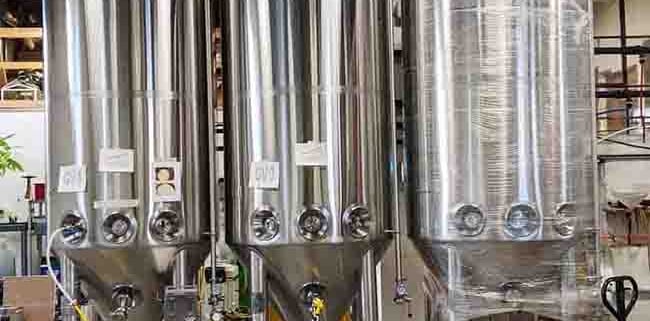What Are Fermentation tanks
Overview
Fermentation tanks are the unsung heroes behind many of the products we enjoy daily, from a frothy pint of beer to a creamy cup of yogurt. These specialized vessels facilitate fermentation—a process where microorganisms like yeast and bacteria convert sugars into alcohol, acids, or gases. In this article, we’ll dive into what fermentation tanks are, why they’re indispensable, the variety of their applications, and how to choose the best one for your needs.
What Are Fermentation Tanks?
At their core, fermentation tanks are containers designed to support the fermentation process. They provide an optimized environment for microorganisms to thrive, ensuring consistent and controlled production. These tanks come in various sizes, shapes, and materials, tailored to suit specific industries such as brewing, winemaking, and industrial fermentation.
Imagine them as a chef’s perfect kitchen—equipped with just the right tools, temperature controls, and hygiene standards. Whether you’re fermenting beer or vinegar, these tanks play a critical role in maintaining quality and consistency.

The Importance of Fermentation Tanks
Why are fermentation tanks such a big deal? Picture trying to bake bread without an oven. Sure, you could try other methods, but you’d lose the precision and consistency that an oven provides. Similarly, fermentation tanks ensure:
- Controlled Environment: By regulating temperature, pH, and oxygen levels, they create the perfect conditions for fermentation.
- Scalability: Whether producing small craft batches or large industrial quantities, tanks make scaling seamless.
- Consistency: Every batch comes out with the same flavor, texture, and quality—a must for commercial operations.
- Sanitation: Their design minimizes contamination risks, a critical factor in food and beverage production.
Without these tanks, modern fermentation-based industries would struggle to meet the demands of quality, efficiency, and safety.
Why Are Fermentation Tanks the Core Equipment in Processes Like Brewing, Winemaking, and Fermented Foods?
Fermentation tanks are to the fermentation industry what engines are to cars—absolutely essential. Let’s break it down by industry:
- Brewing: For beer, tanks allow precise control of fermentation temperatures, which is critical for flavor development. They also enable carbon dioxide collection, a key factor in beer’s signature fizz.
- Winemaking: In winemaking, tanks provide an environment to regulate fermentation rates and enhance flavor profiles. Stainless steel options are particularly popular for ensuring clean, crisp wines.
- Vinegar Production: Fermentation tanks support the acetic acid bacteria needed to transform alcohol into vinegar, ensuring optimal conditions for yield and quality.
- Fermented Foods: From kimchi to yogurt, these tanks maintain the specific temperature and anaerobic conditions required for healthy microbial activity.
In all these cases, the tanks streamline the process, ensuring that the final product is both delicious and safe for consumption.
Common Uses of Fermentation Tanks
Here’s a detailed look at the industries and processes where fermentation tanks shine:
| Use Case | Details |
|---|---|
| Beer Brewing | Essential for primary and secondary fermentation, ensuring flavor consistency. |
| Wine Fermentation | Provides controlled temperatures for yeast activity and flavor enhancement. |
| Yogurt Fermentation | Maintains the specific temperature range needed for bacterial cultures. |
| Industrial Fermentation | Produces enzymes, biofuels, and pharmaceuticals on a large scale. |
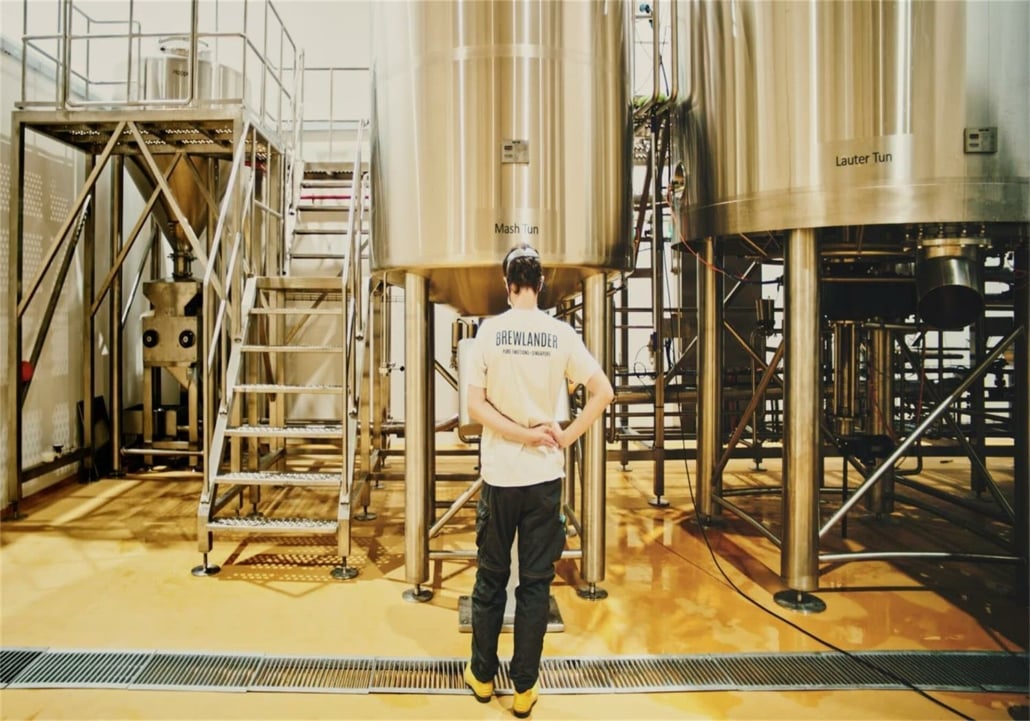
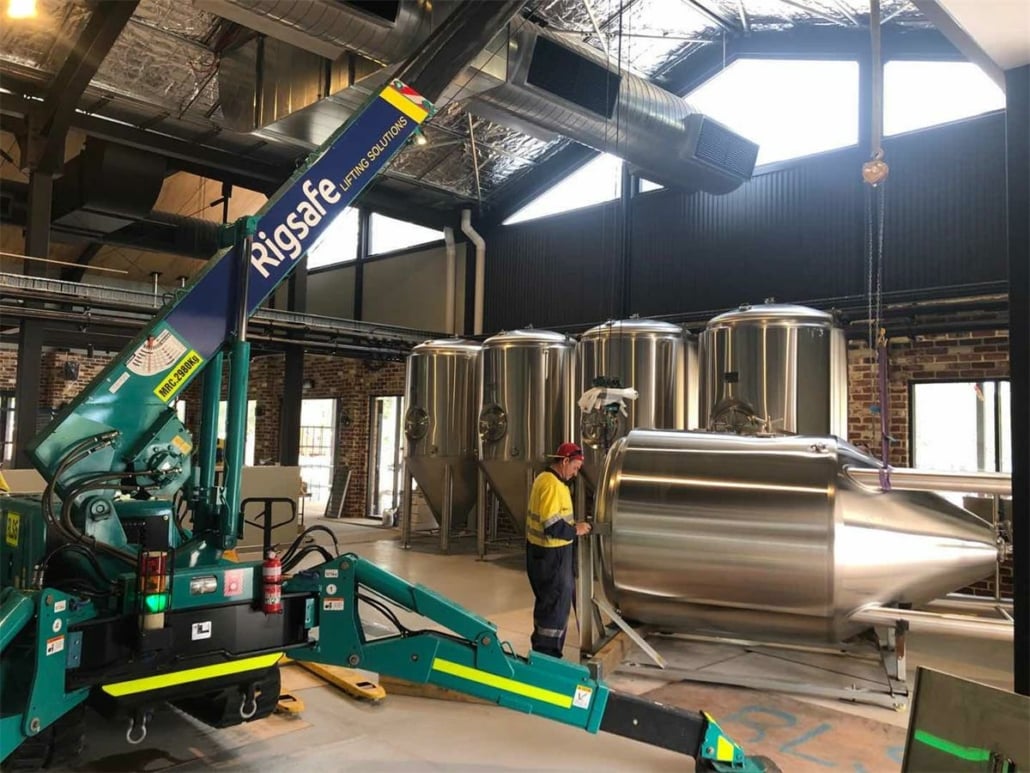
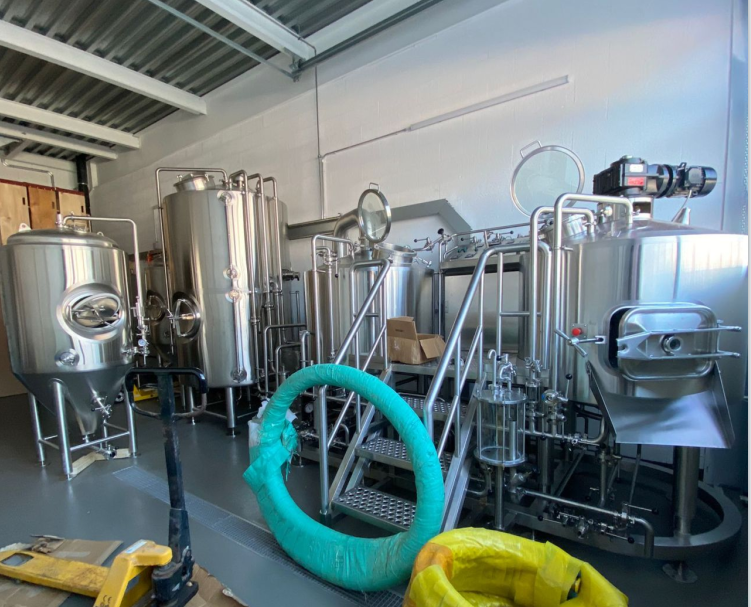

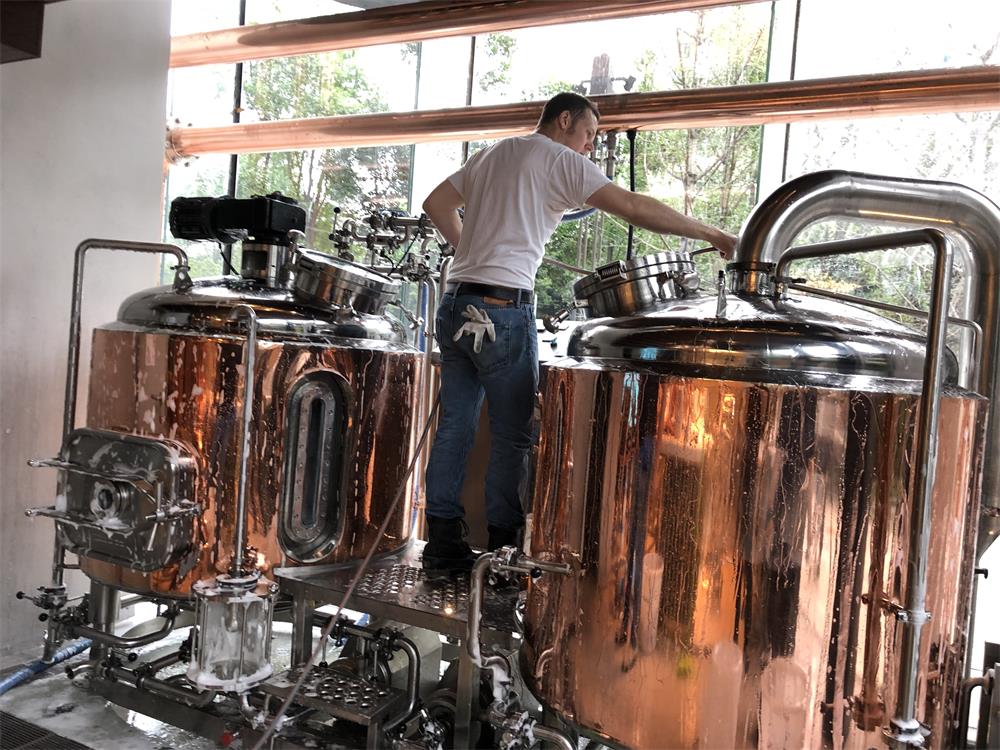
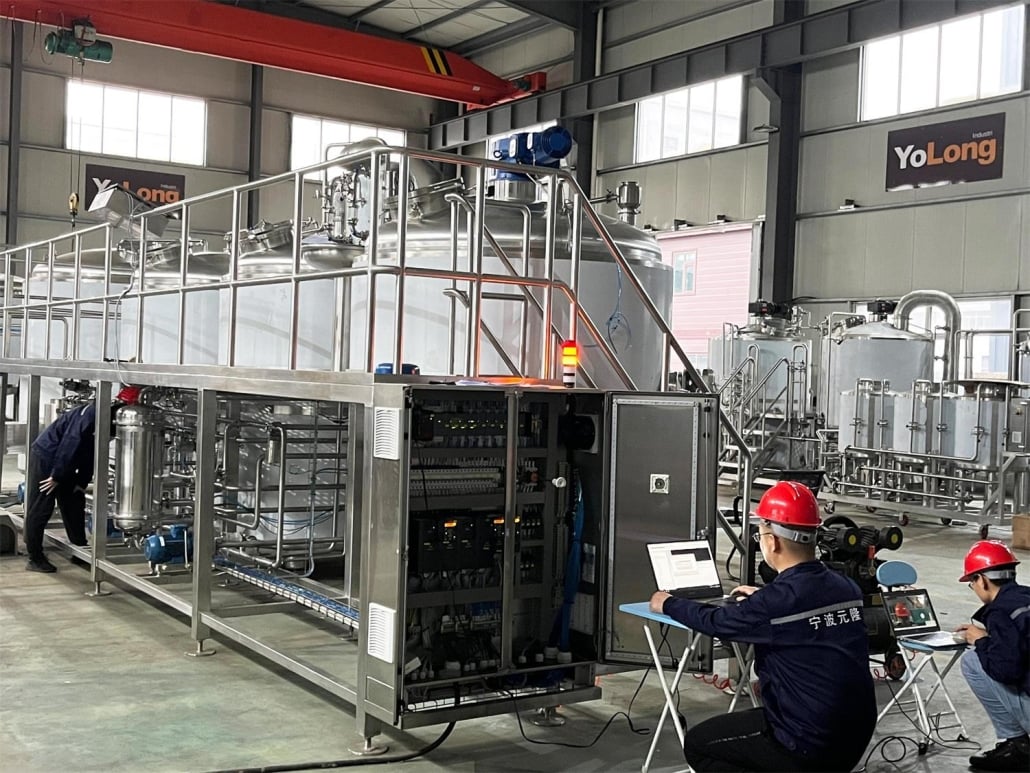
Common Types of Fermentation Tanks
Fermentation tanks come in a variety of forms, each suited to different purposes. Here are some of the most common:
- Cylindroconical Tanks: Widely used in breweries, these tanks feature a cone-shaped bottom to collect yeast and sediment efficiently.
- Open Fermenters: Ideal for traditional beer styles, allowing natural yeast exposure but requiring more sanitation precautions.
- Closed Tanks: Common in winemaking, these provide an airtight environment to prevent oxidation.
- Horizontal Tanks: Used for lagering (aging beer), as they provide a larger surface area for yeast contact.
Common Materials for Fermentation Tanks
The material of a fermentation tank significantly affects its performance, durability, and cost. Let’s explore the most popular choices:
- Stainless Steel: The gold standard for its corrosion resistance, durability, and ease of cleaning.
- Plastic (Food-Grade): Lightweight and cost-effective, but less durable than metal options.
- Glass: Often used in smaller setups for its non-reactive and transparent properties.
- Concrete: Traditional in winemaking, known for its ability to maintain stable temperatures and impart unique flavors.
Each material has pros and cons, and the choice depends on the specific needs of your fermentation process.
Key Factors for Selecting Fermentation Tanks
Choosing the right fermentation tank is like picking the right tool for a job—it requires careful consideration. Here are some key factors:
- Size and Capacity: Ensure the tank can handle your batch size, with room for expansion.
- Material: Select based on durability, cost, and compatibility with your product.
- Temperature Control: Opt for tanks with built-in cooling or heating systems if needed.
- Cleaning and Maintenance: Look for designs that simplify cleaning and minimize contamination risks.
- Cost: Balance your budget with the features you need.
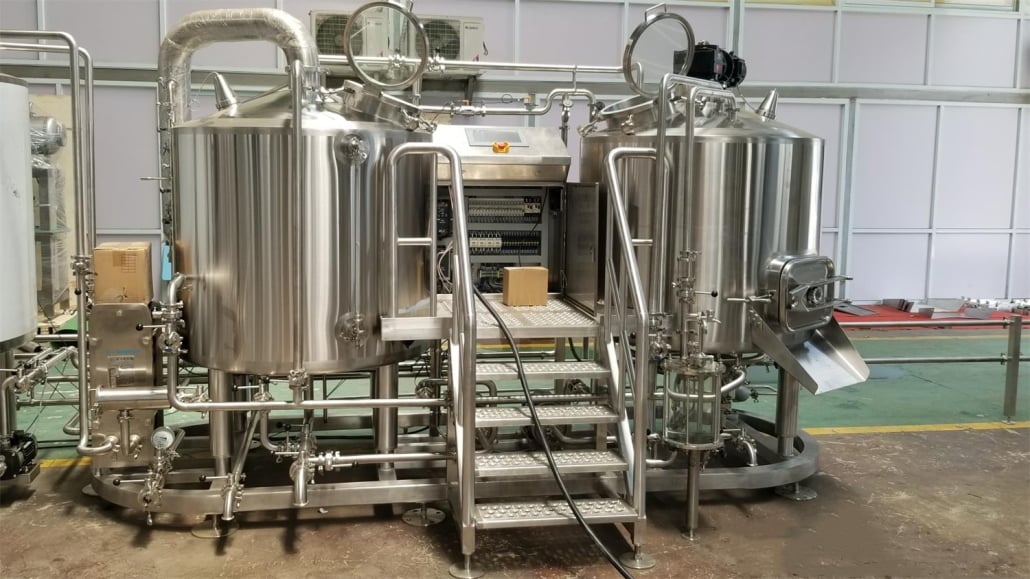
How to Use Fermentation Tanks
Using a fermentation tank involves several steps to ensure success:
| Step | Details |
|---|---|
| Prepare the Tank | Clean and sanitize to avoid contamination. |
| Add Ingredients | Introduce your base (e.g., wort, grape juice, milk) and starter cultures. |
| Monitor Fermentation | Check temperature, pH, and other parameters regularly. |
| Harvest and Clean | Remove the product and thoroughly clean the tank for the next batch. |
FAQ
| Question | Answer |
|---|---|
| What is the ideal material for a fermentation tank? | Stainless steel is the most versatile and durable option, suitable for most applications. |
| Can I use the same tank for different products? | Yes, but thorough cleaning and sanitation are crucial to prevent cross-contamination. |
| How do I maintain consistent temperatures? | Choose tanks with built-in temperature control systems or use external cooling/heating jackets. |
| Are plastic tanks safe for fermentation? | Food-grade plastic tanks are safe but less durable and harder to sanitize than stainless steel. |
| How often should tanks be cleaned? | Clean and sanitize after every batch to maintain hygiene and prevent contamination. |

